Atlatls in Lower Pecos Rock Art
One of humanity’s oldest weapon systems is the atlatl, or spear thrower. The atlatl functions as a lever to throw a dart (or spear) with greater speed, distance, and accuracy than a hand-thrown spear. Atlatls were used by humans as early as 20,000 ago, and in the Lower Pecos the atlatl was used until being replaced by the bow and arrow around 1,000 years ago. Archaeologists have even recovered fragments of atlatls from Lower Pecos rockshelters.
Attributes of Atlatls in Lower Pecos Rock Art
Variation of Atlatls by Rock Art Style
Atlatl Function vs. Form in LPC Rock Art
Bibliography
Dial, Susan and Darrell Creel. 2011 Ceremonial Cave: Hafted Dart Point Analysis. Electronic document https://www.texasbeyondhistory.net/ceremonial/hafted.html.
Dickson, D. Bruce. 1985 The Atlatl Assessed: A Review of Recent Anthropological Approaches to Prehistoric North American Weaponry. Bulletin of the Texas Archeological Society 56(1985):1-38 https://texashistory.unt.edu/ark:/67531/metapth1013842/
Fenenga, Franklin and Joe Ben Wheat. 1940 An Atlatl from the Baylor Rock Shelter, Culberson County, Texas. American Antiquity 5(3):221-223. https://doi.org/10.2307/275282
Pettigrew, Devin. 2011 Ozark Bluff-dweller, Alred Shelter, Arkansas: Reproducing the Cross-peg Atlatl from Arkansas. Electronic document http://basketmakeratlatl.com/?page_id=148.
Pettigrew, Devin B. and Justin Garnett. 2015 White Dog Cave, Arizona: Atlatls and Darts of White Dog Cave, Arizona. Electronic Document http://basketmakeratlatl.com/?page_id=63.
Shafer, Harry J. (editor). 1986 Ancient Texans: Rock Art and Lifeways Along the Lower Pecos. Texas Monthly Press, Austin, Texas.
Shafer, Harry J. (editor). 2013 Painters in Prehistory. Trinity University Press, San Antonio, Texas.
Taube, Karl A. 2004 Olmec Art at Dumbarton Oaks. Dumbarton Oaks Research Library and Collection, Washington, D.C. https://www.doaks.org/research/publications/books/olmec-art-at-dumbarton-oaks
Turpin, Solveig A. 2005 Location, Location, Location: The Lewis Canyon Petroglyphs. Plains Anthropologist 50(195):307-328. https://doi.org/10.1179/pan.2005.027
Turpin, Solveig A. and Joel Bass. 1997 The Lewis Canyon Petroglyphs. Special Publication 2, Rock Art Foundation. San Antonio, Texas. Whittaker, John C. 2014 Whittakers Annotated Atlatl Bibliography. Electronic document http://basketmakeratlatl.com/?page_id=583
Whittaker, John C. 2015 The Aztec Atlatl in the British Museum. Ancient Mesoamerica 26(1):69-79. https://doi.org/10.1017/S0956536115000036
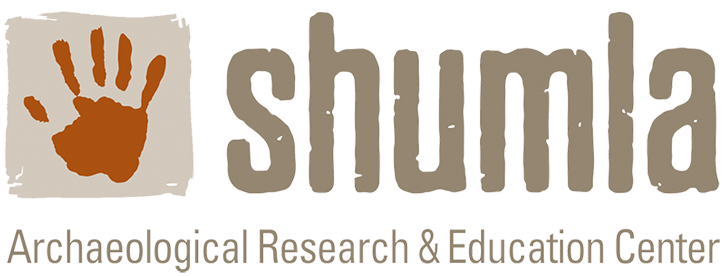

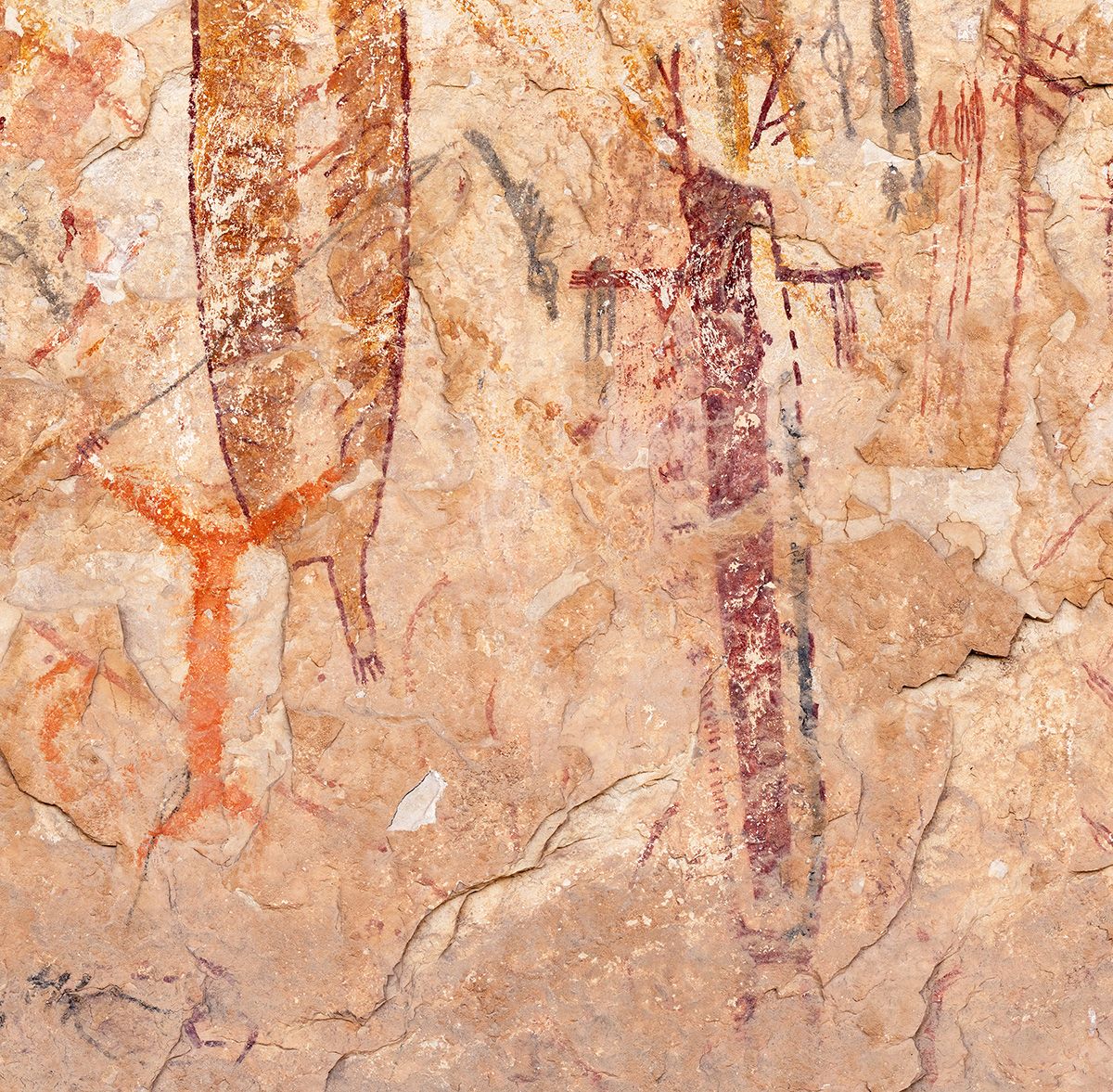
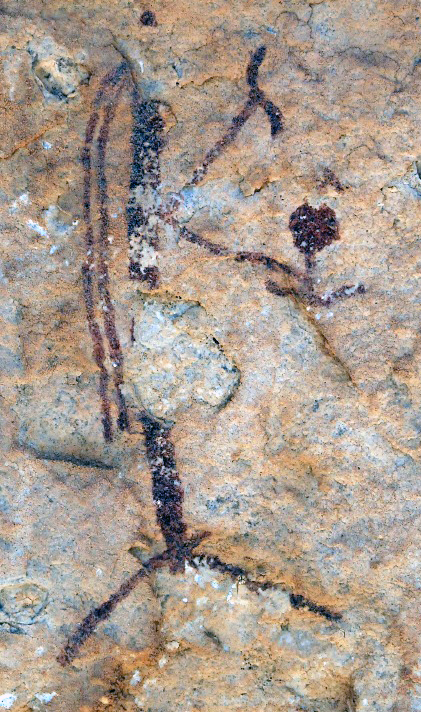
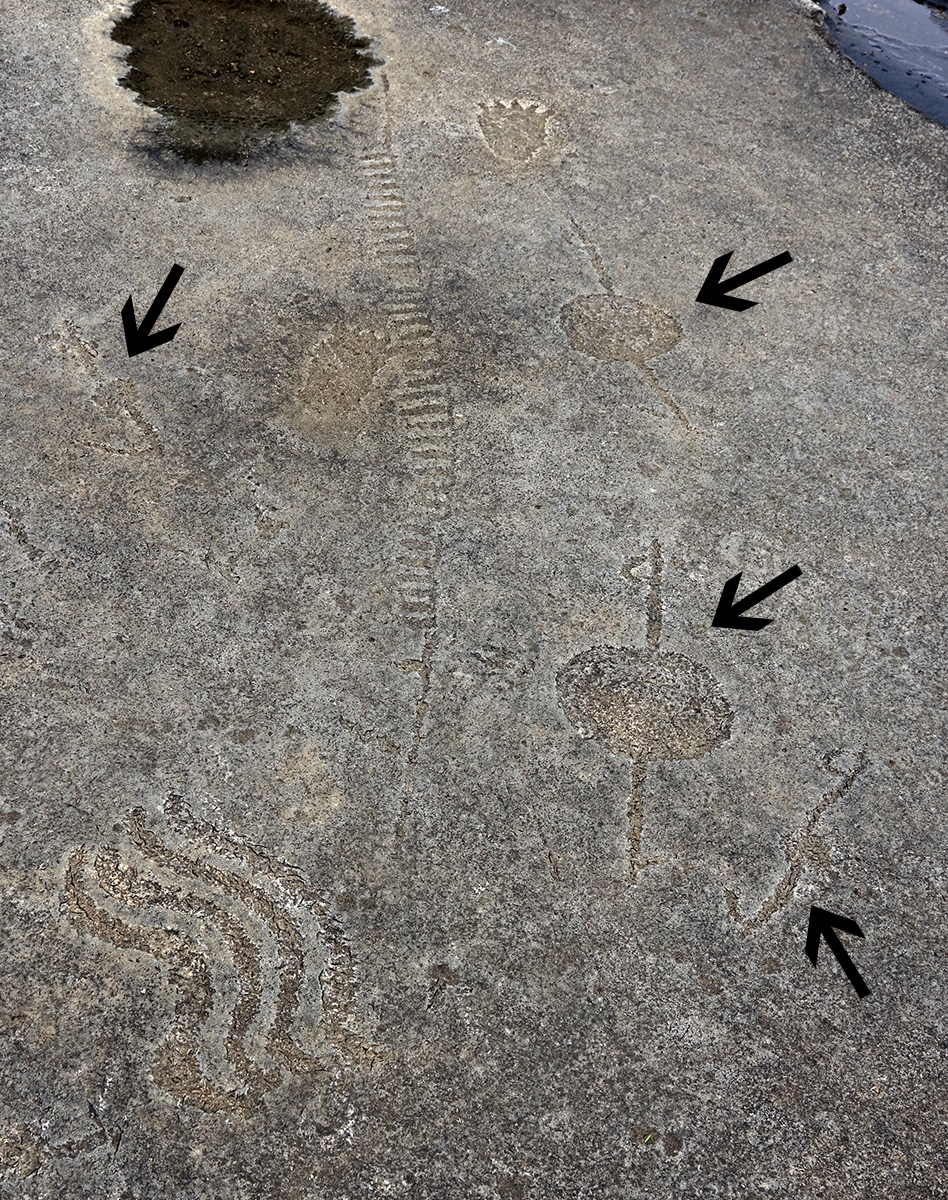
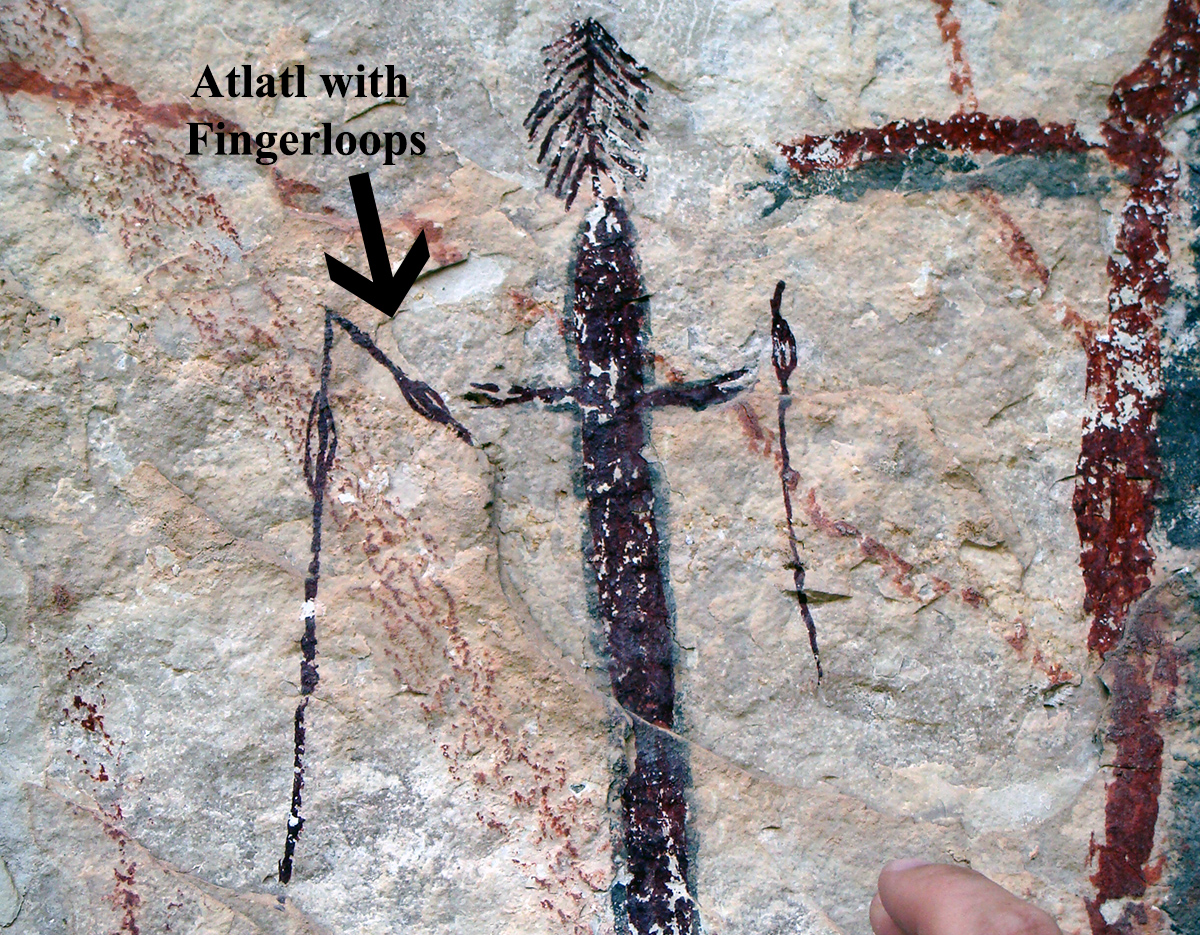
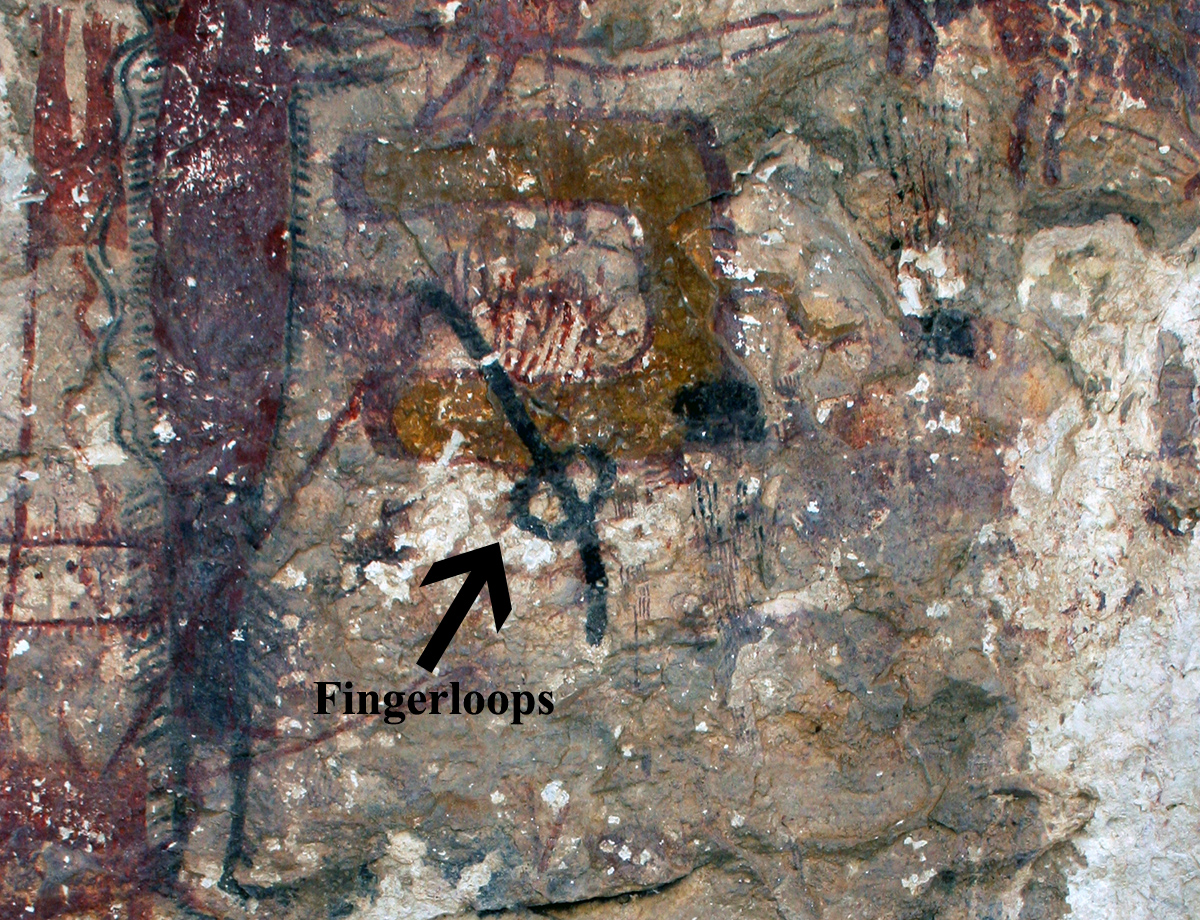

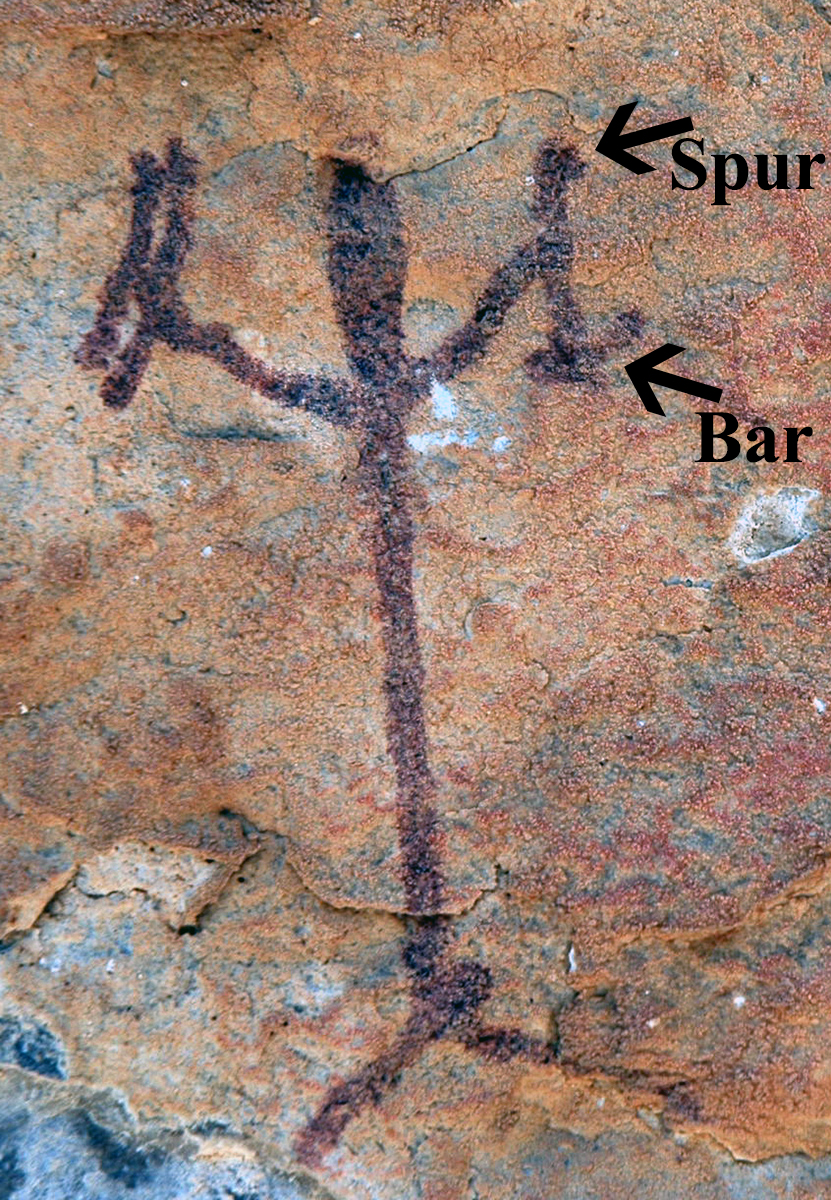

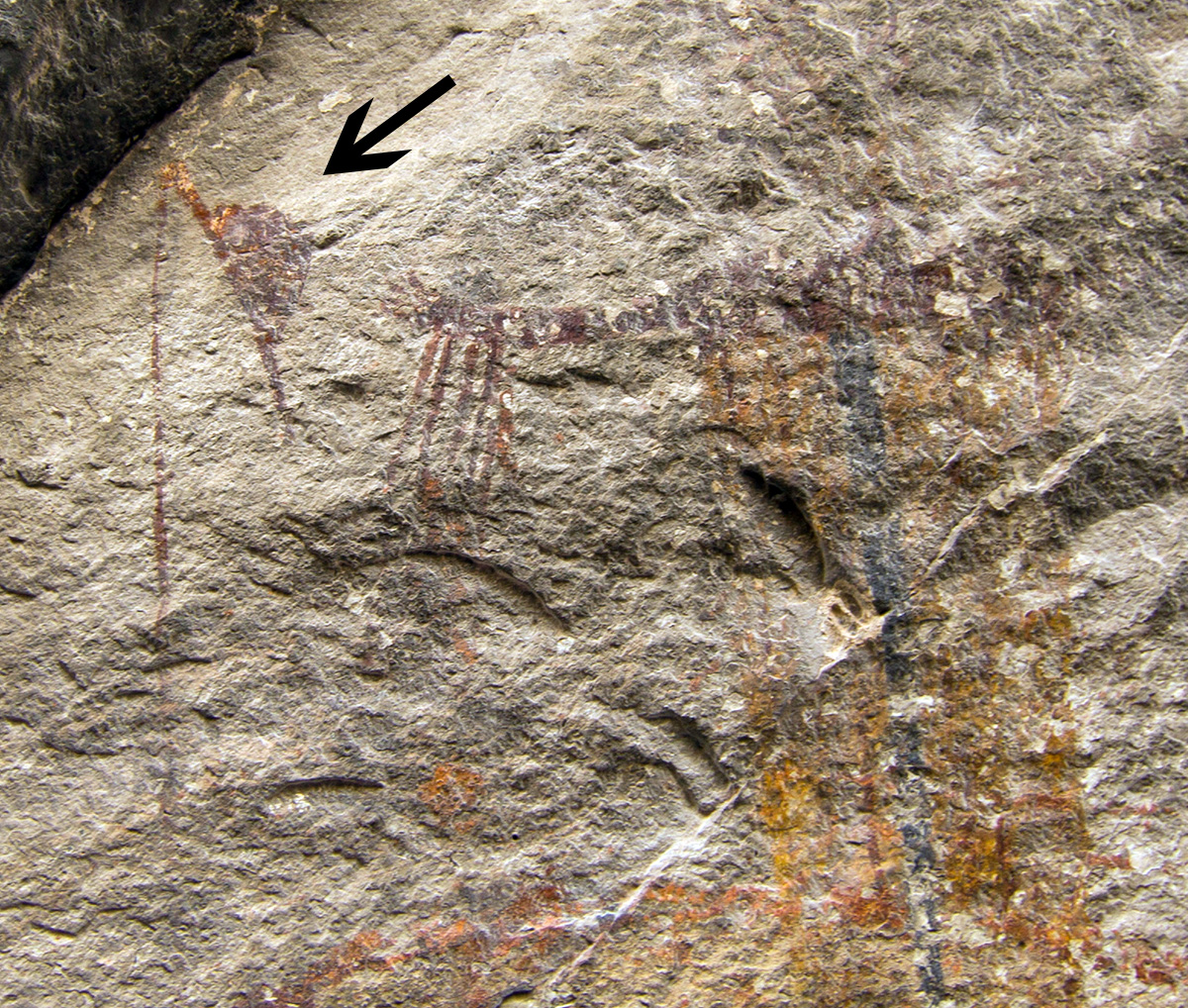
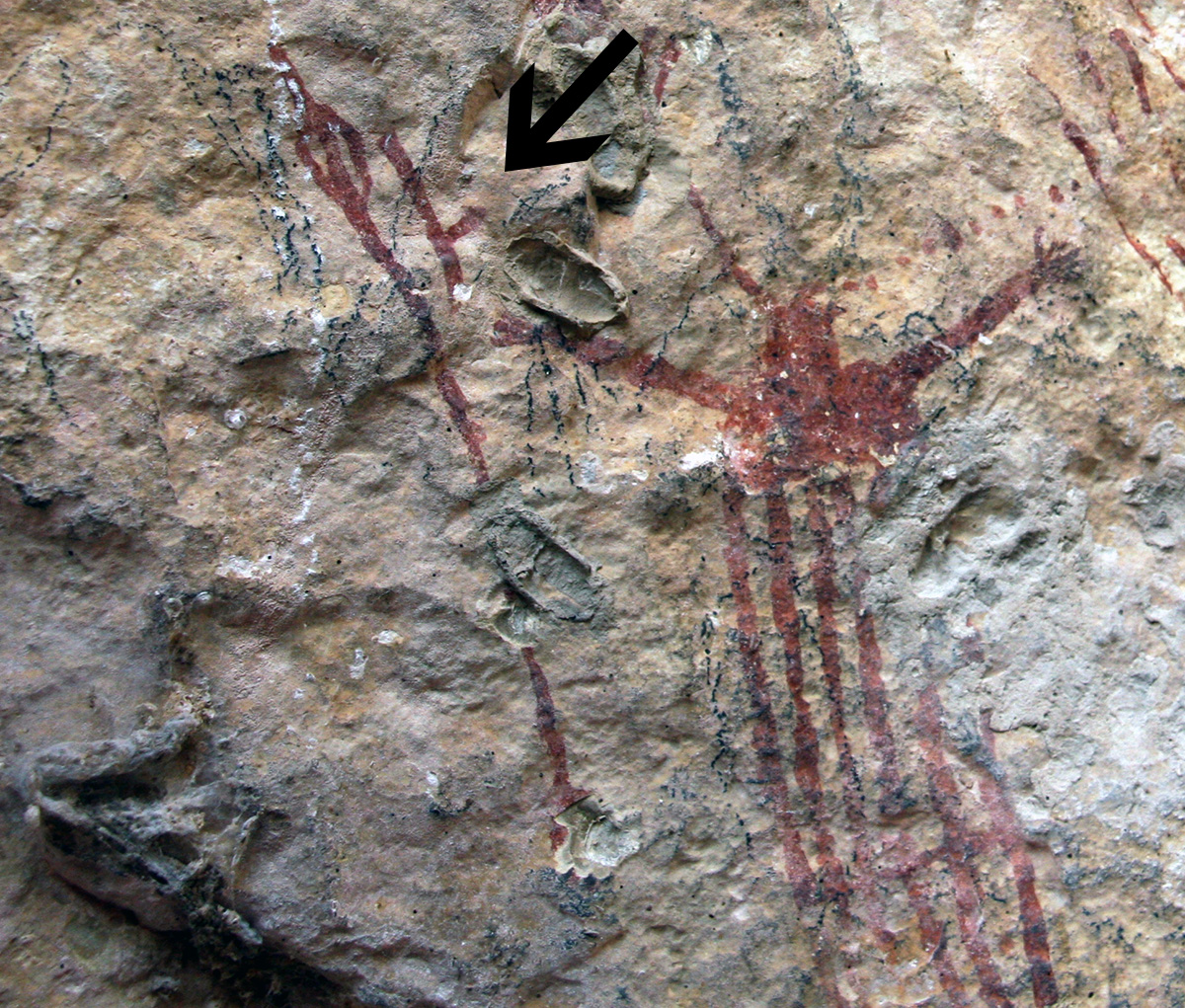
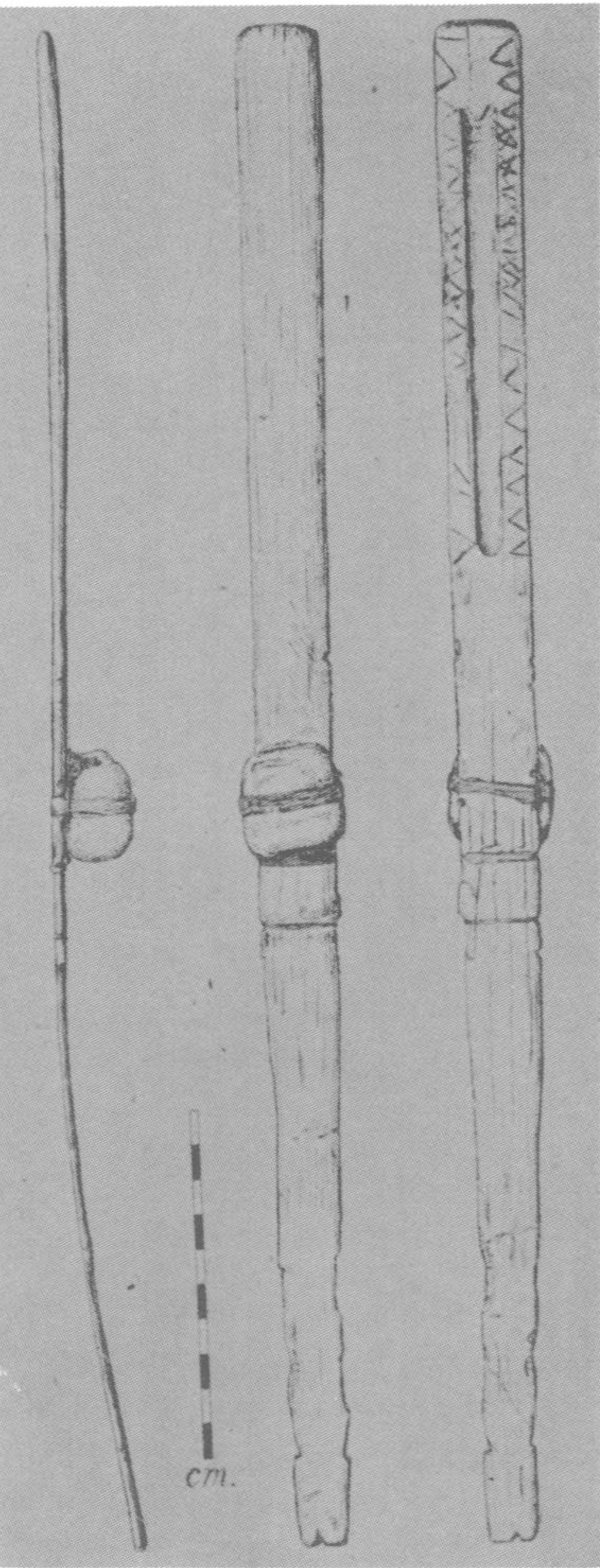
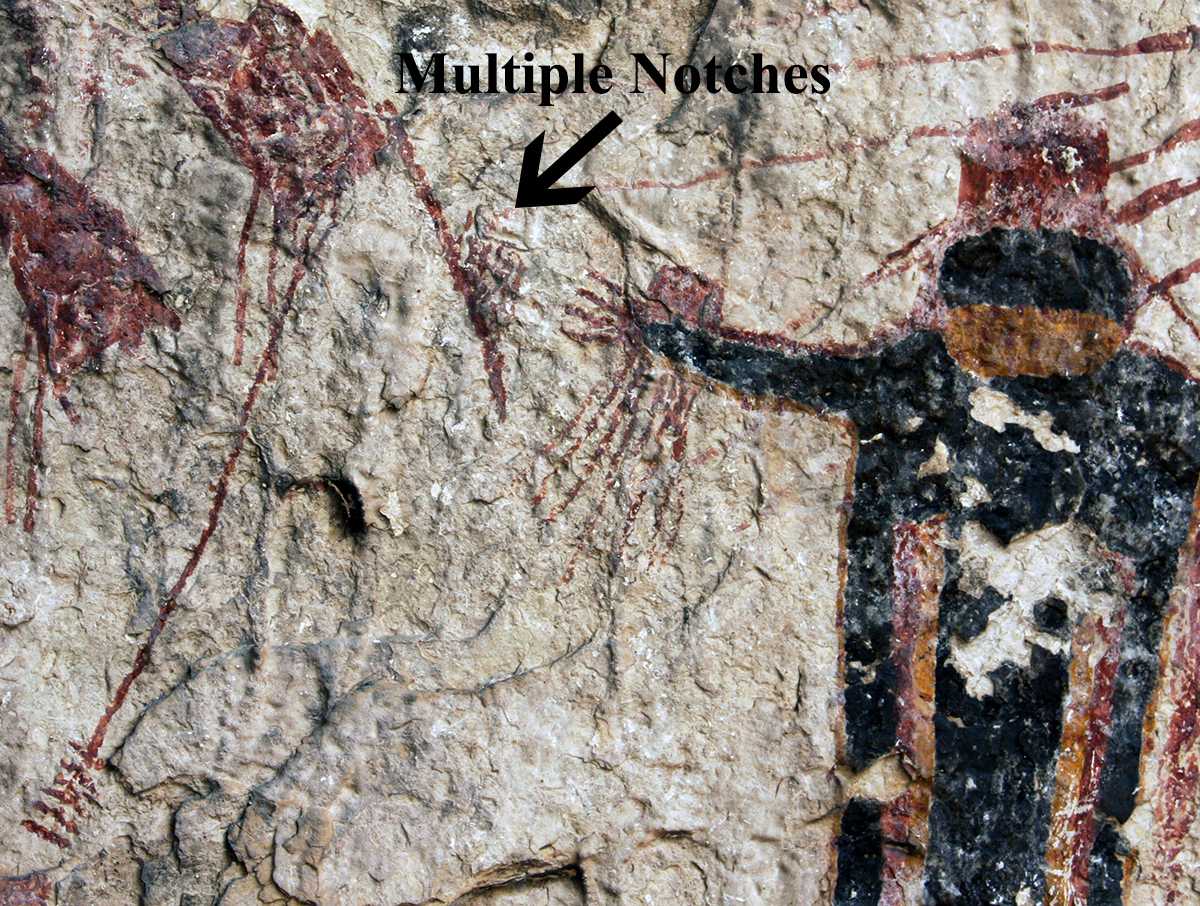
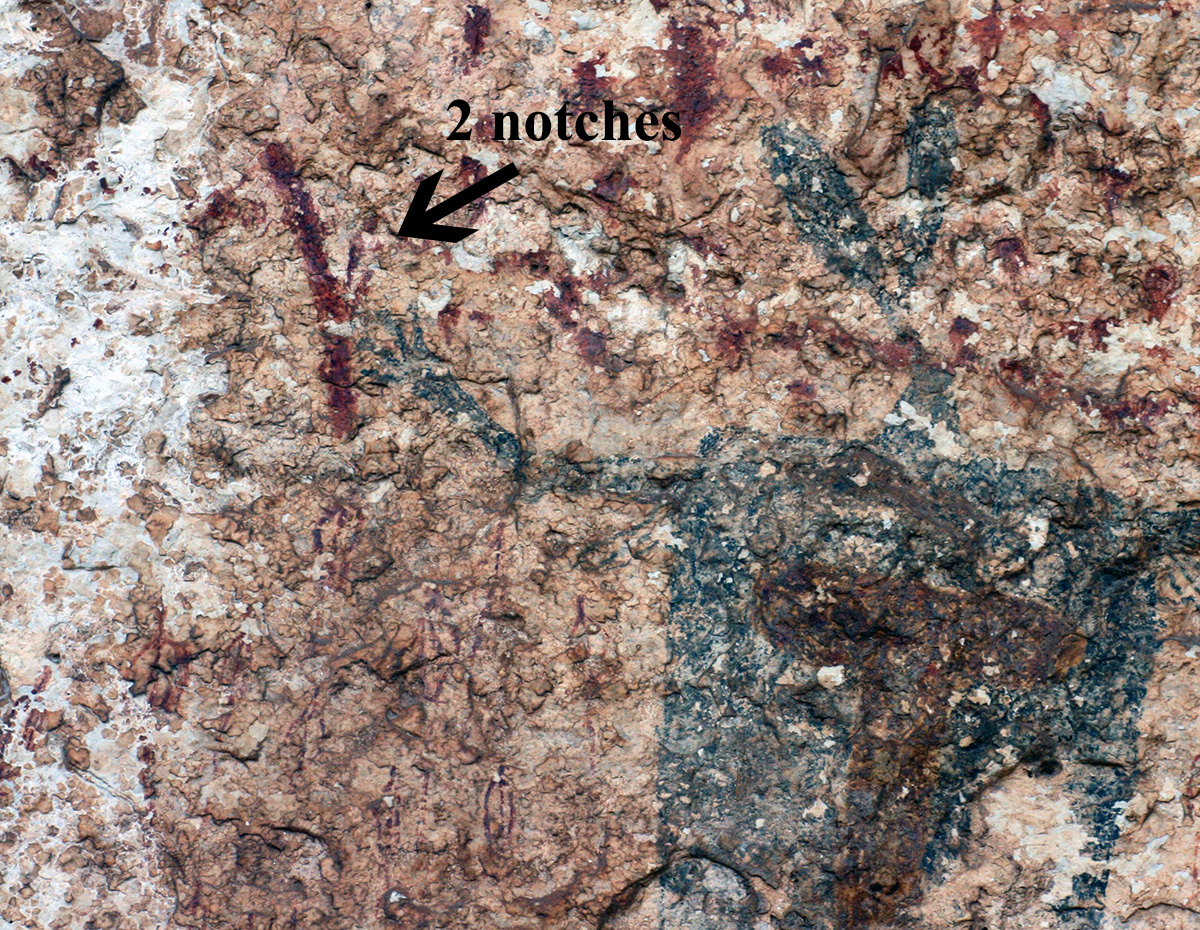

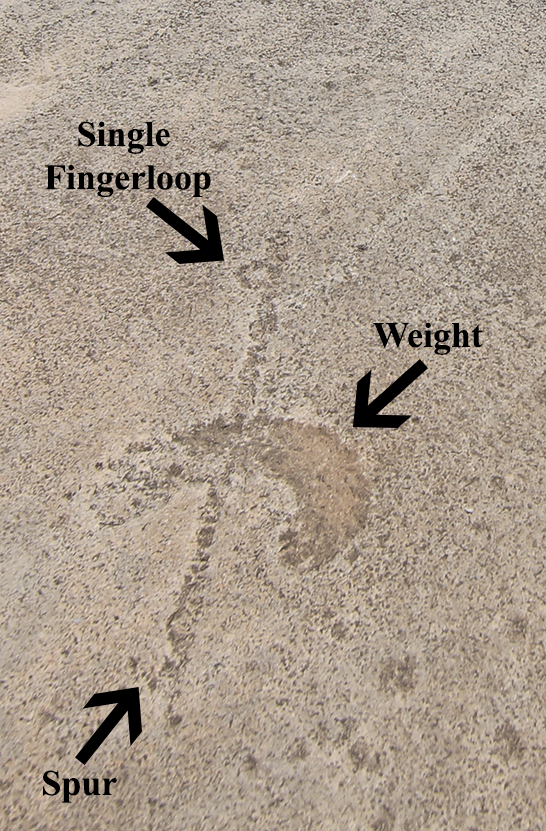
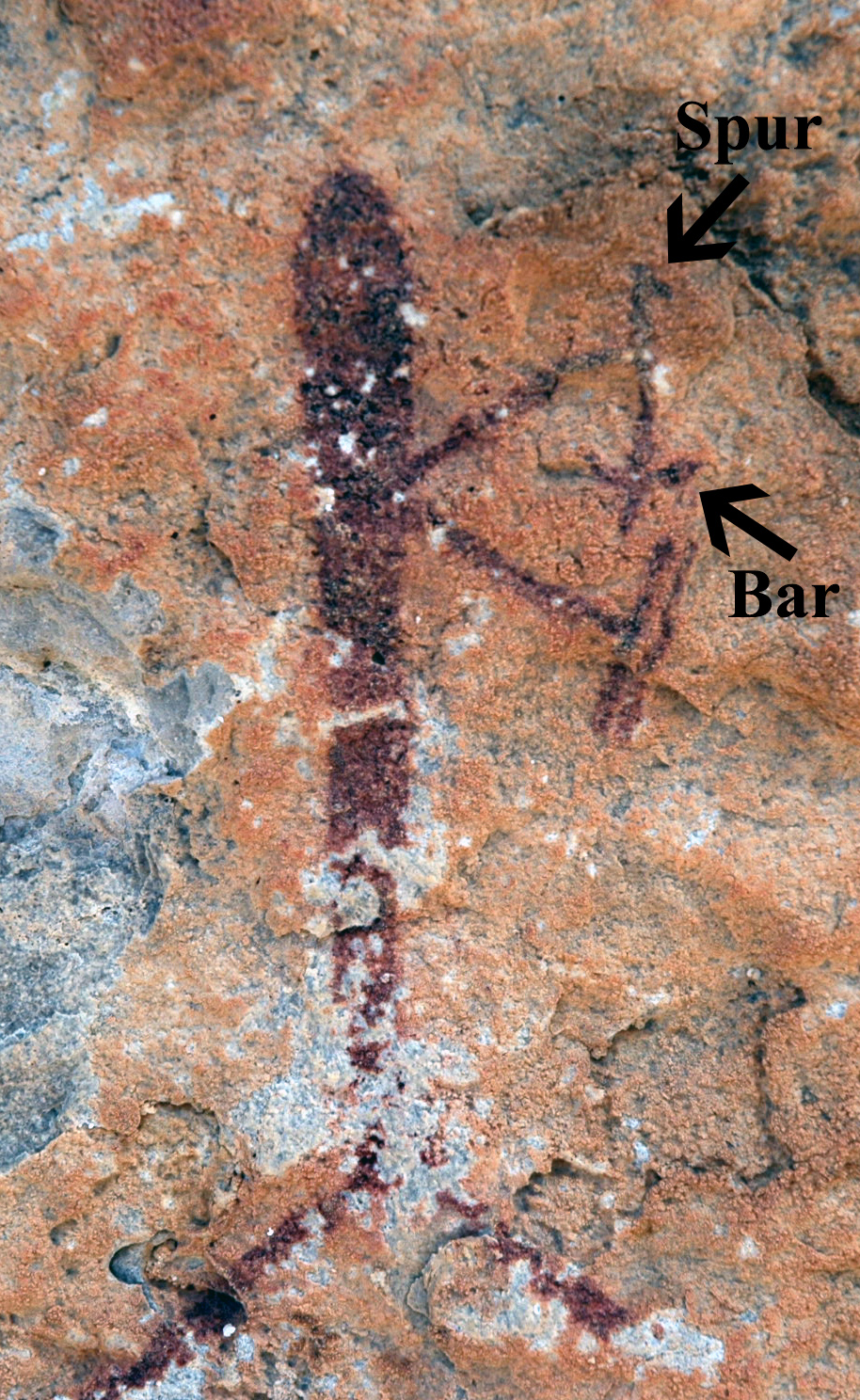
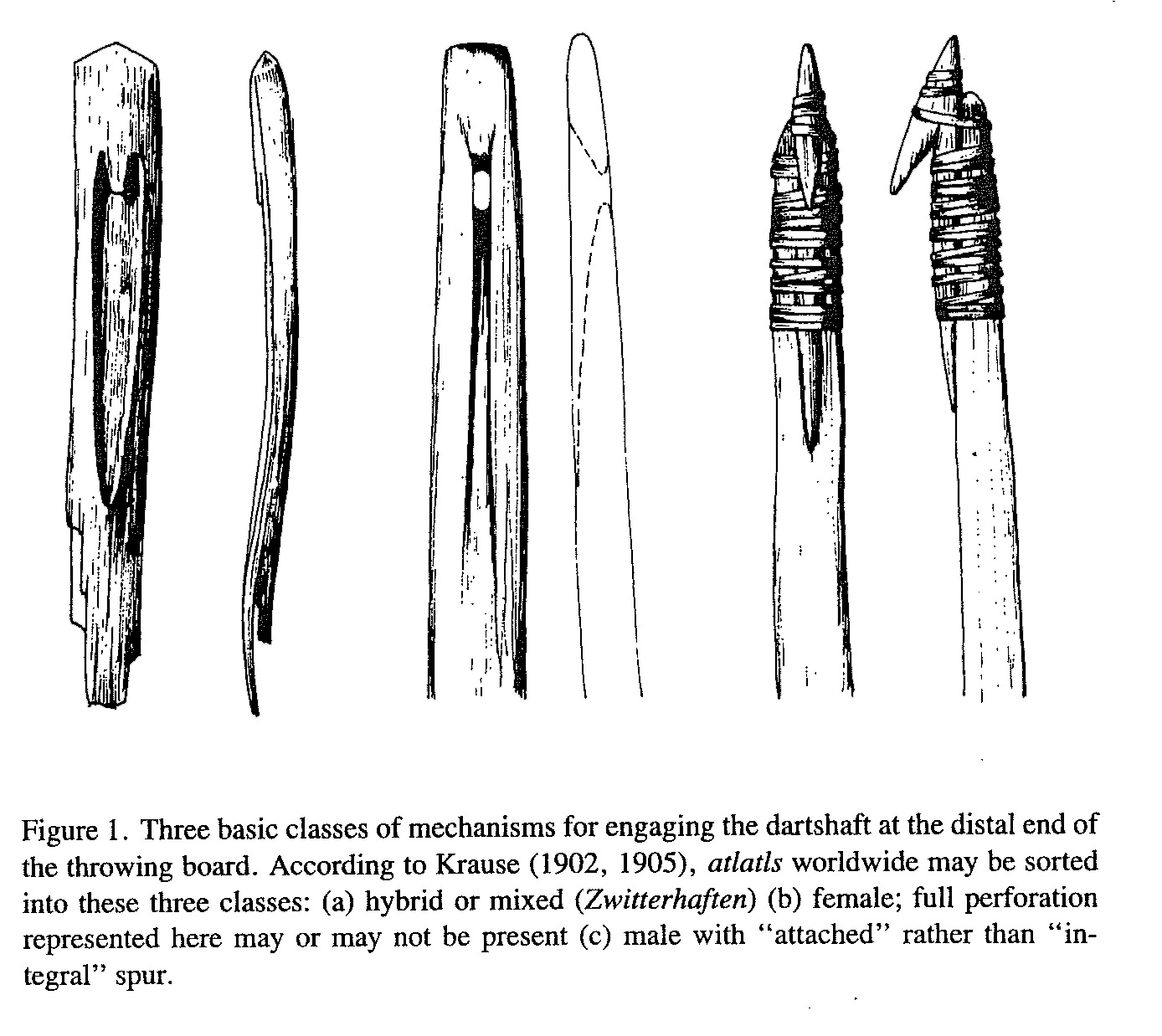
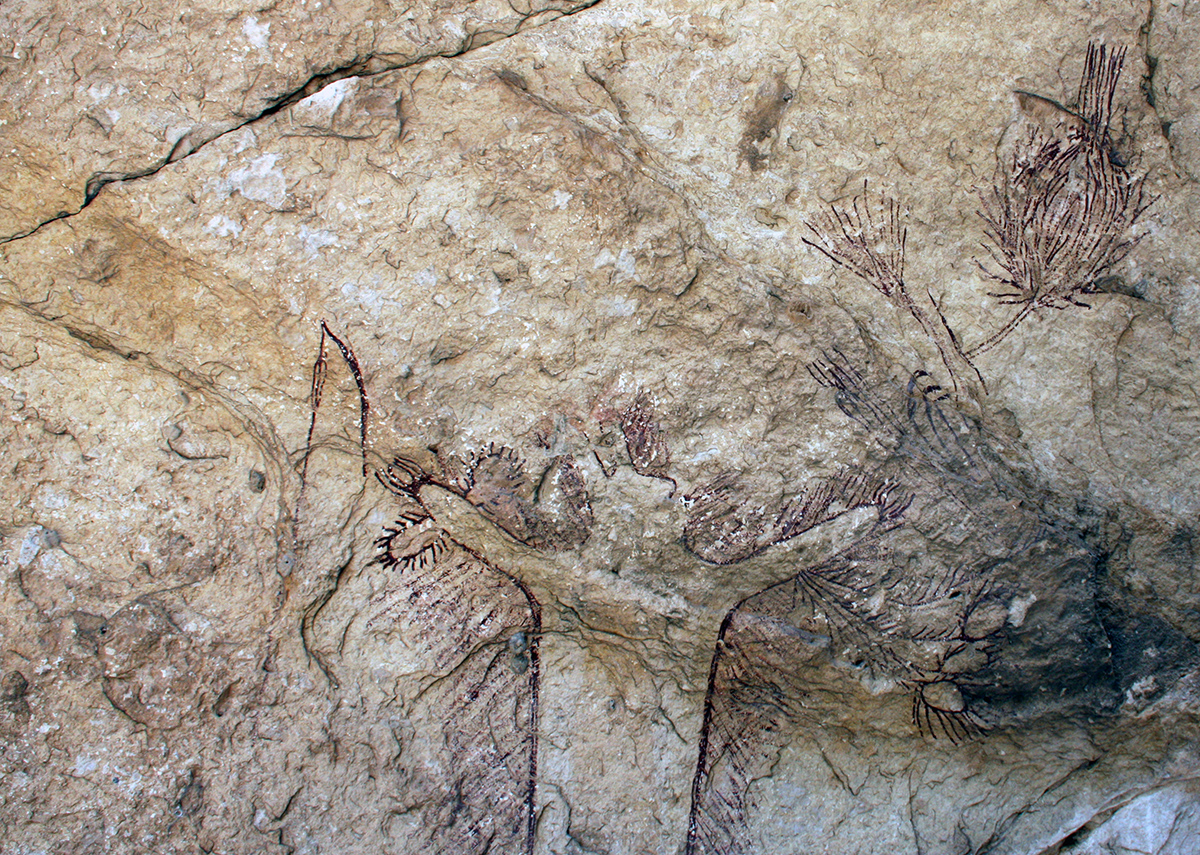
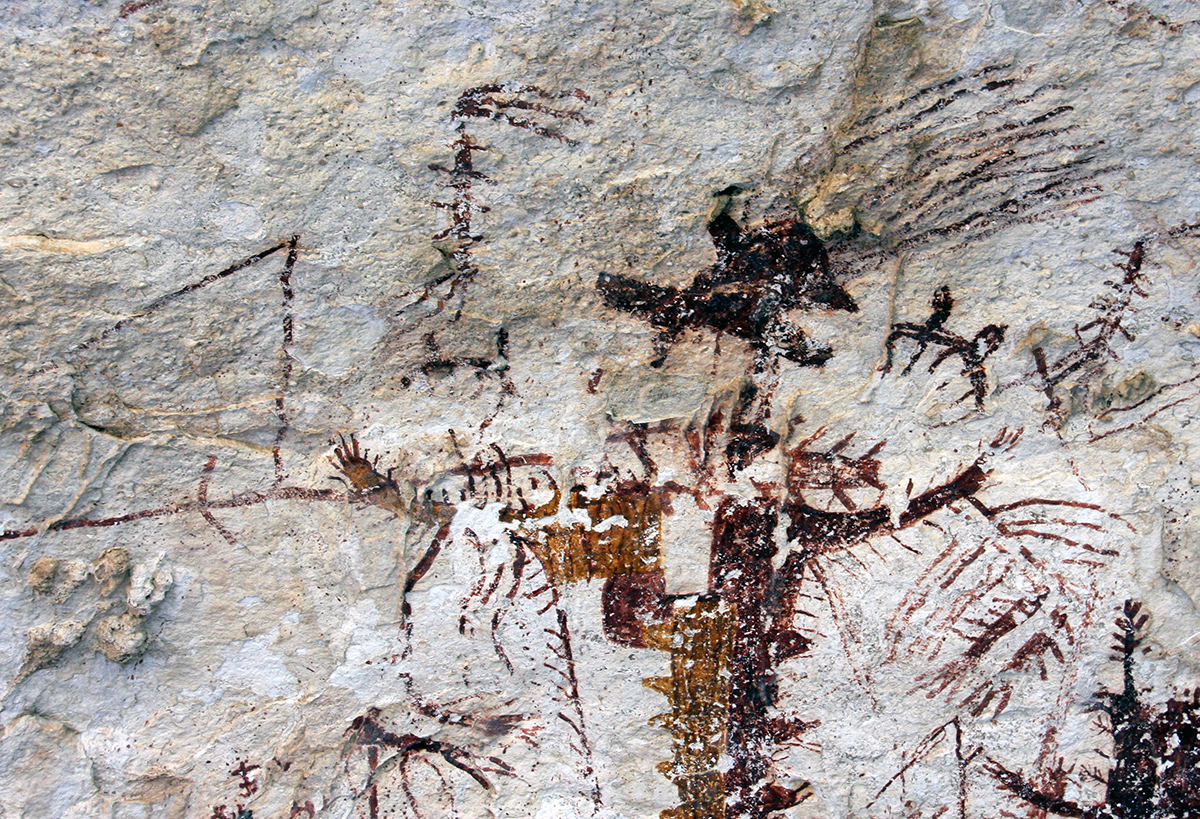
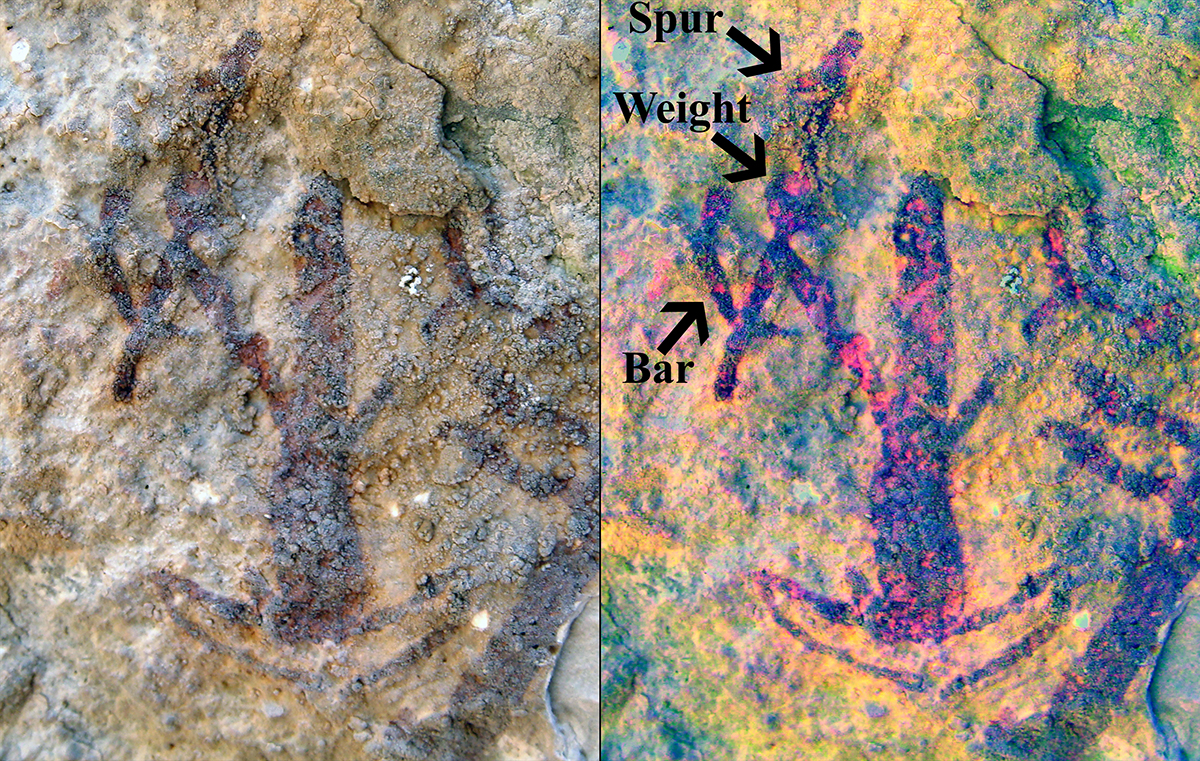
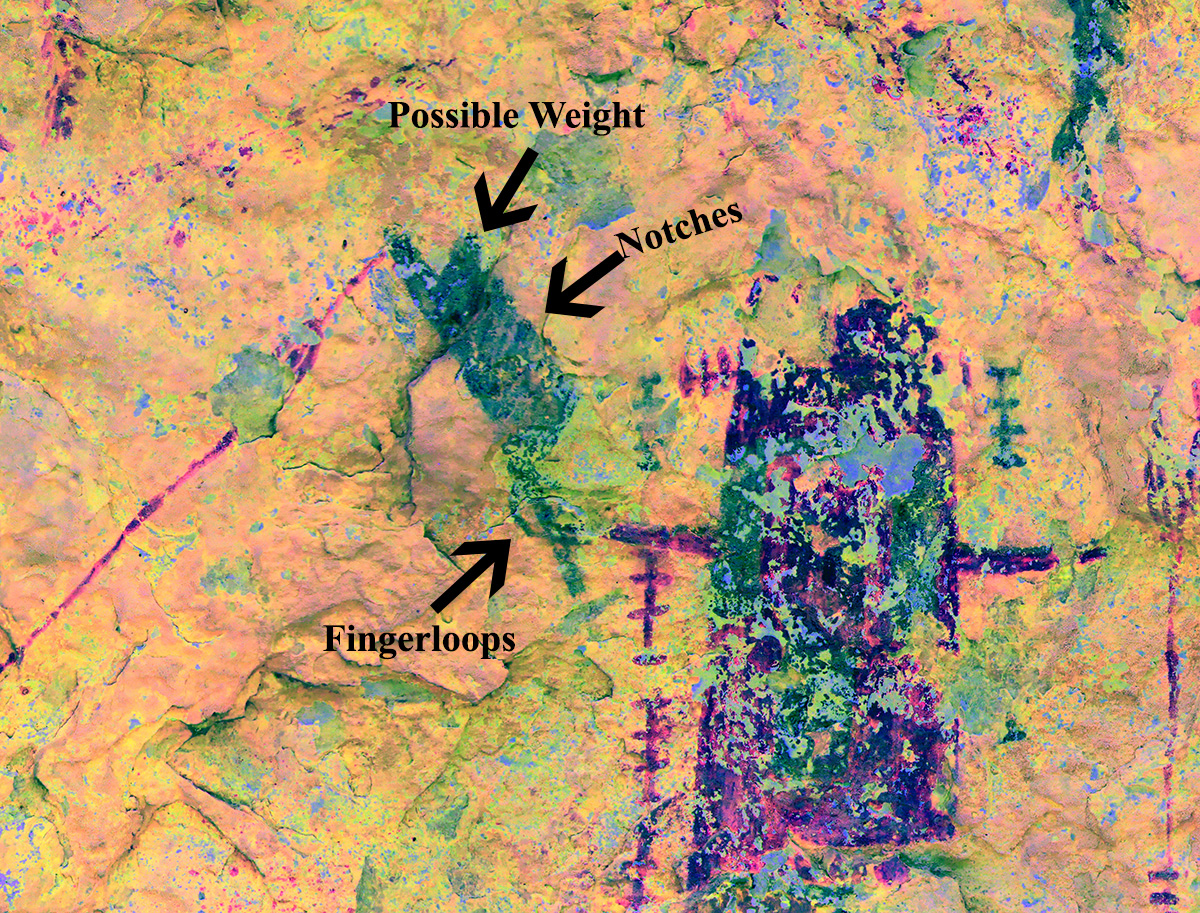
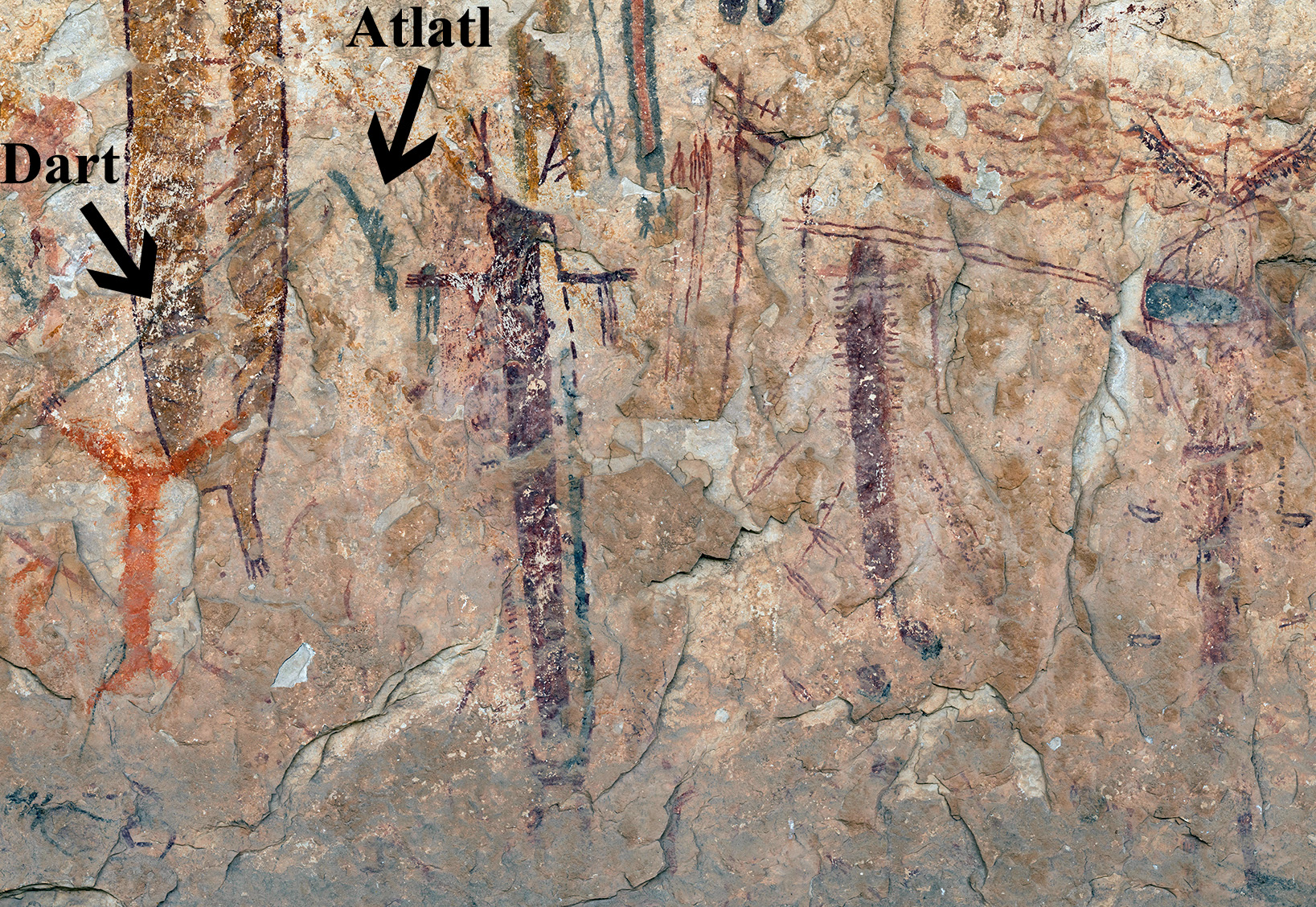
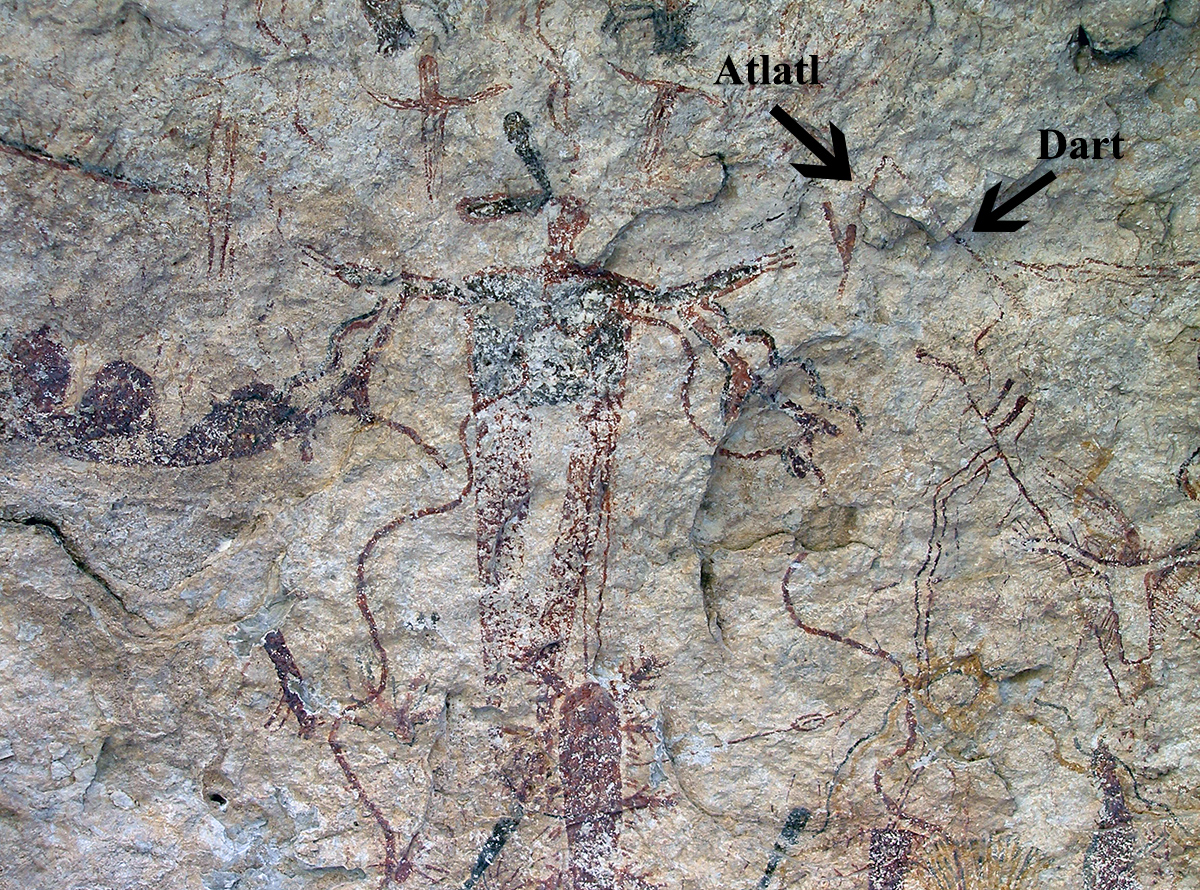
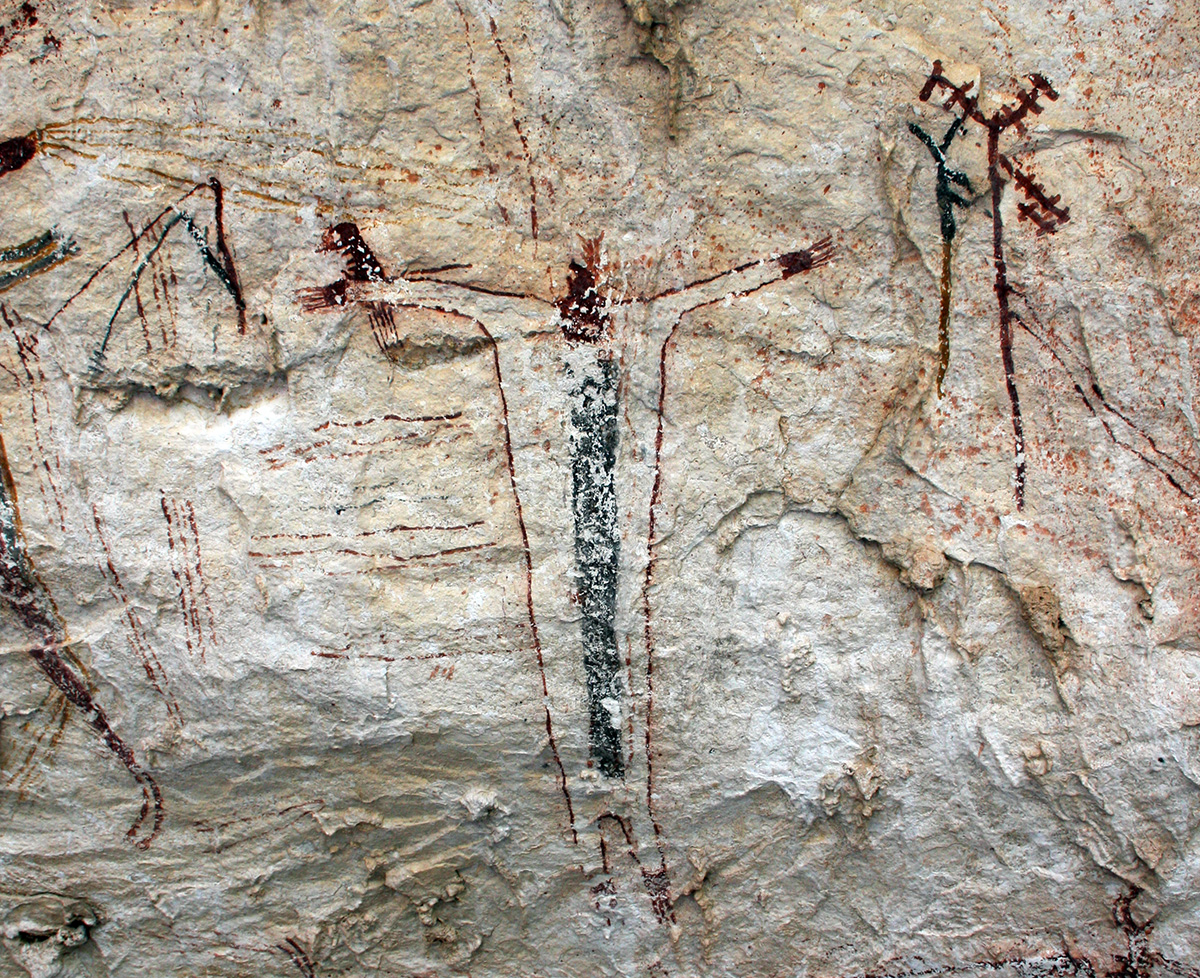
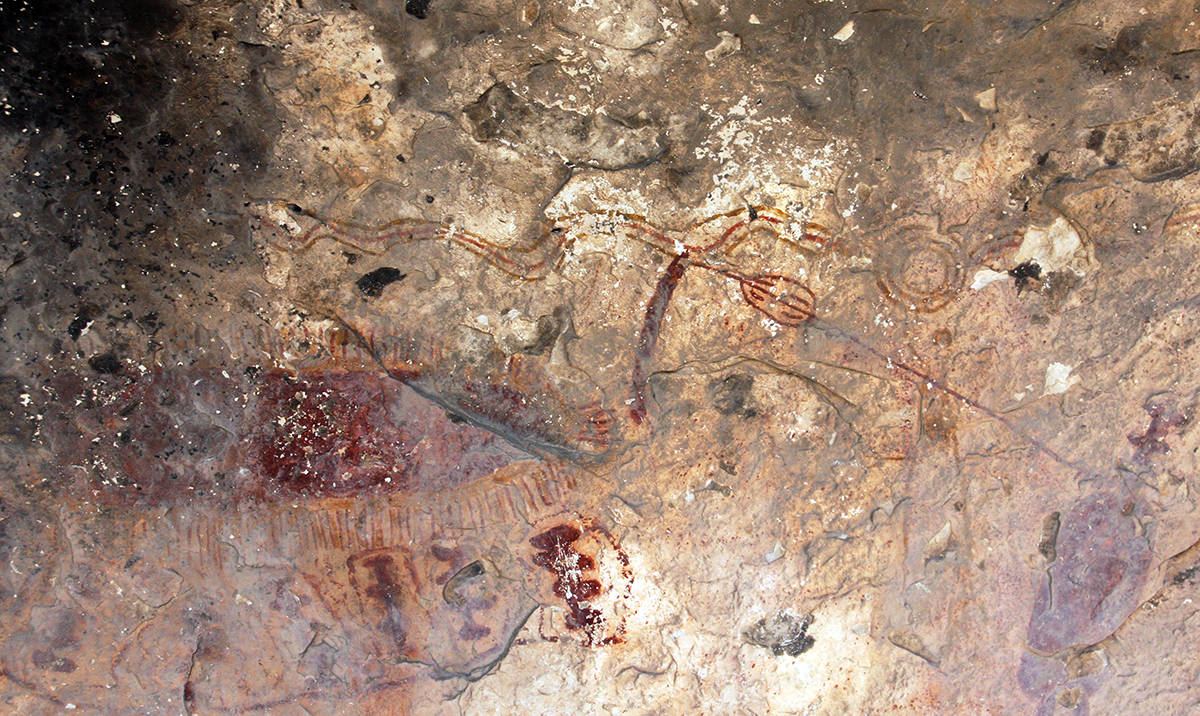
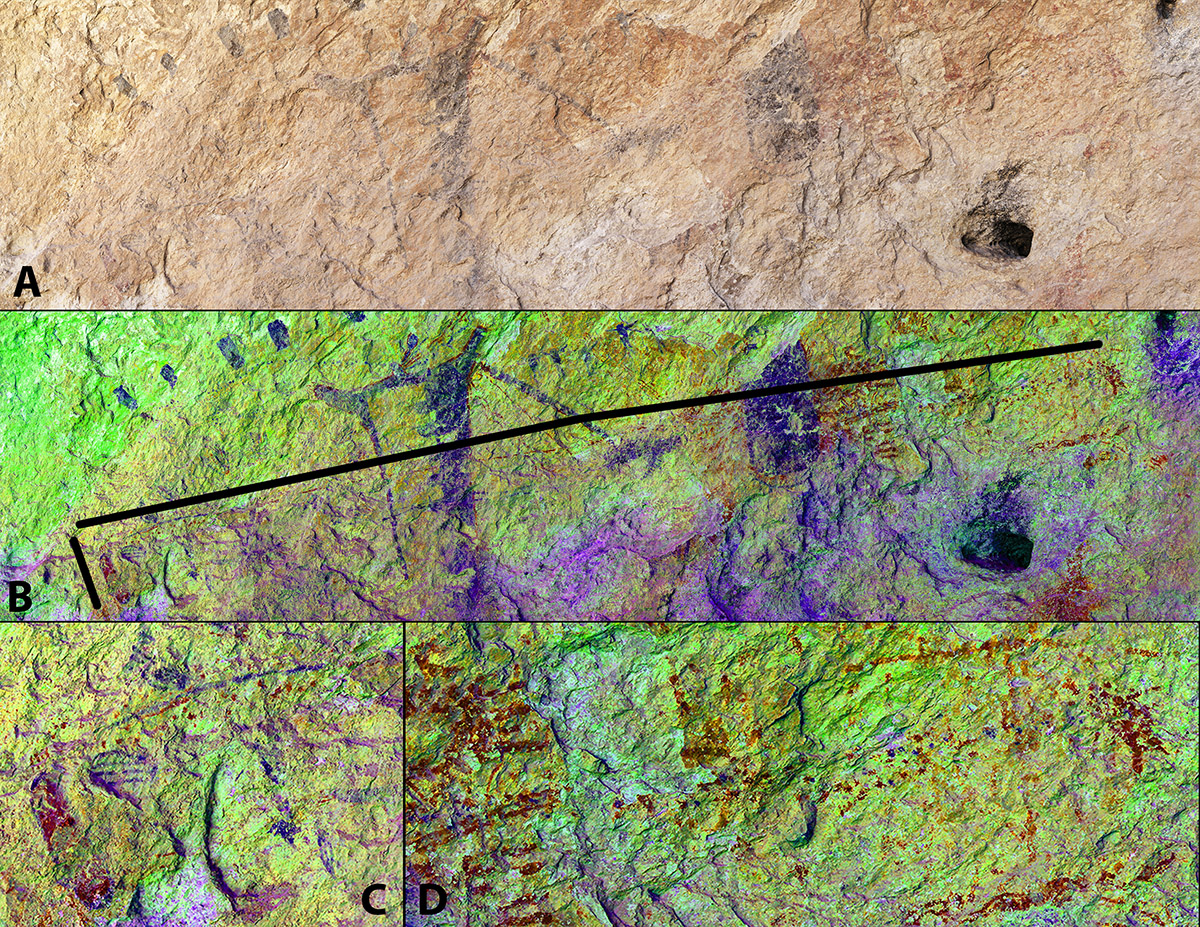
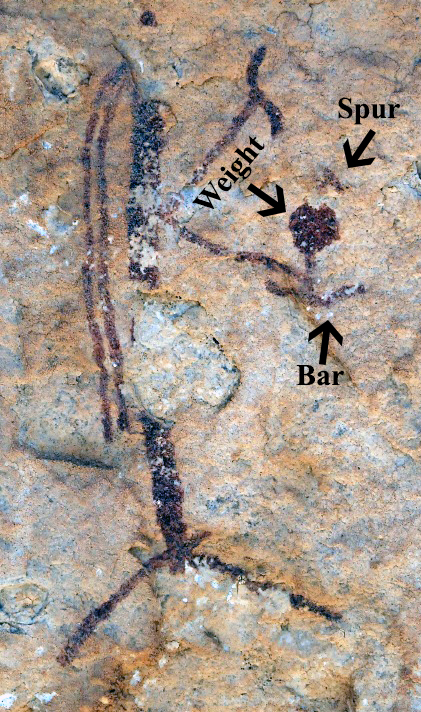
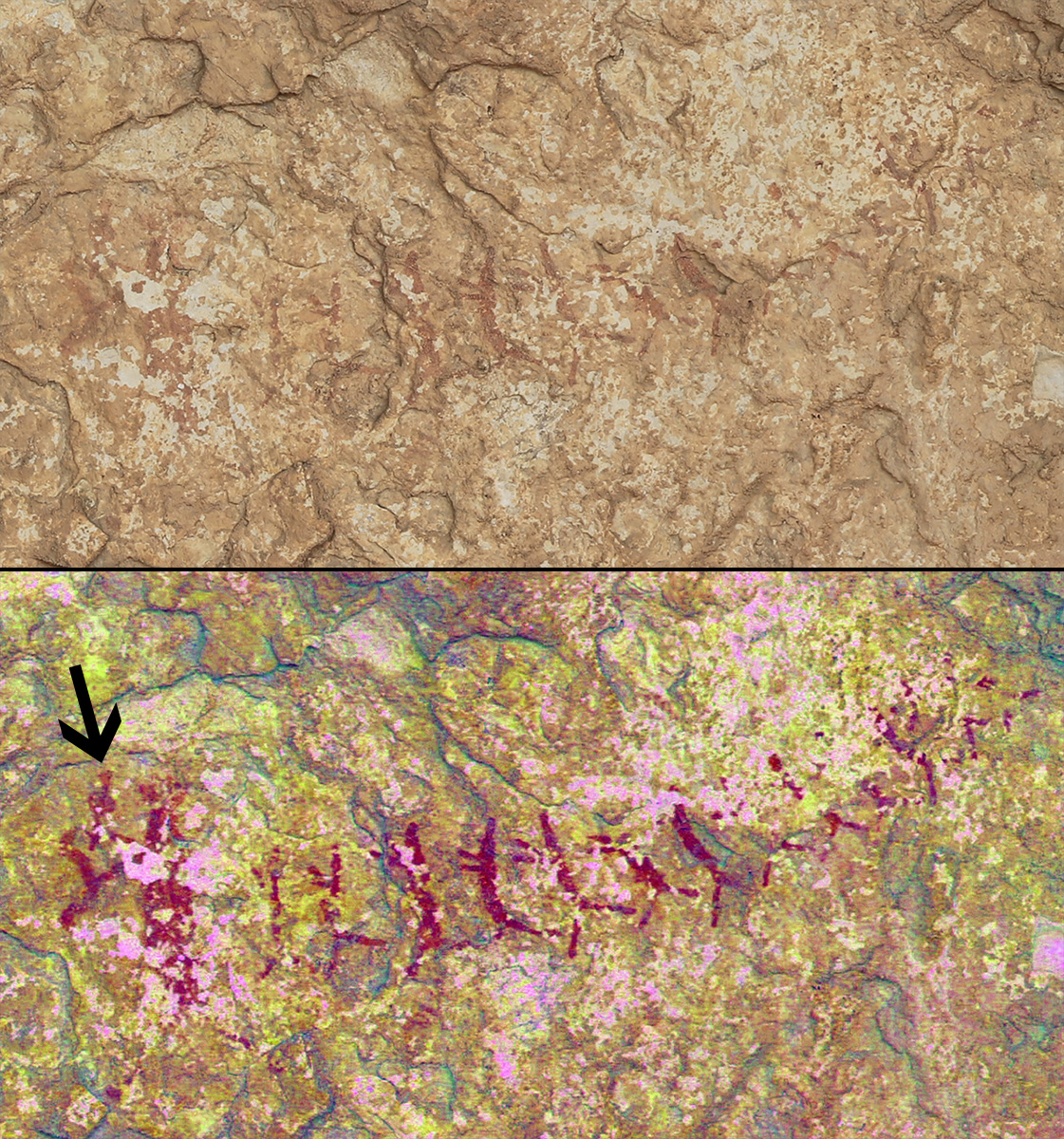
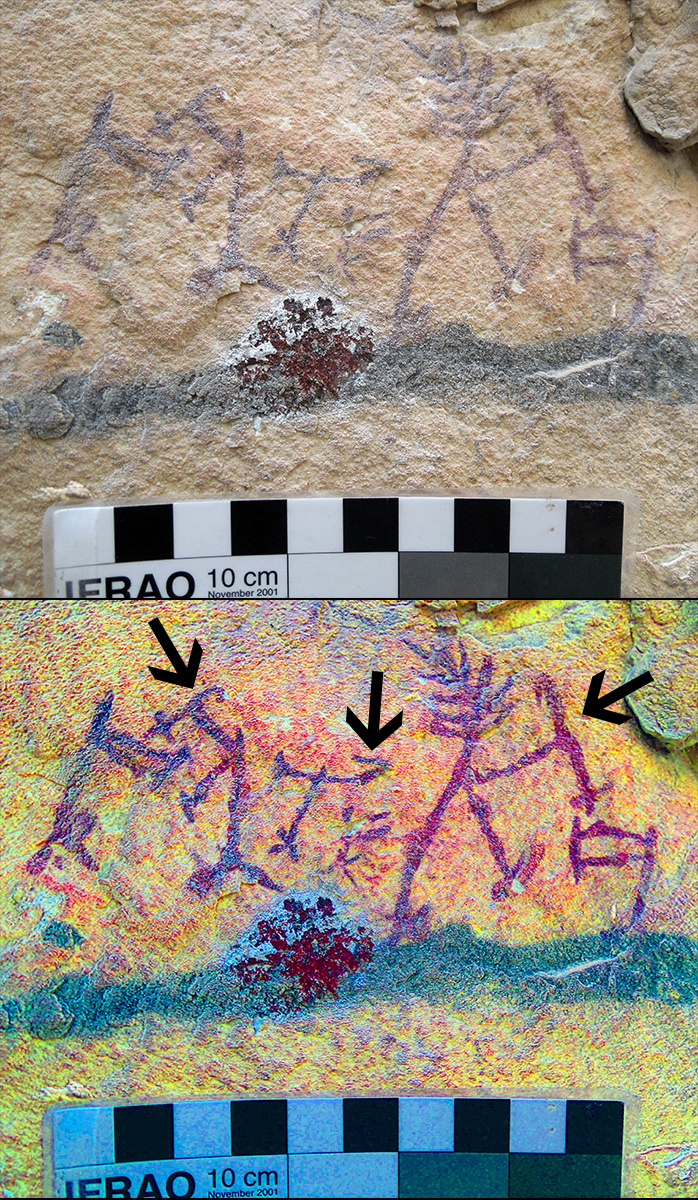
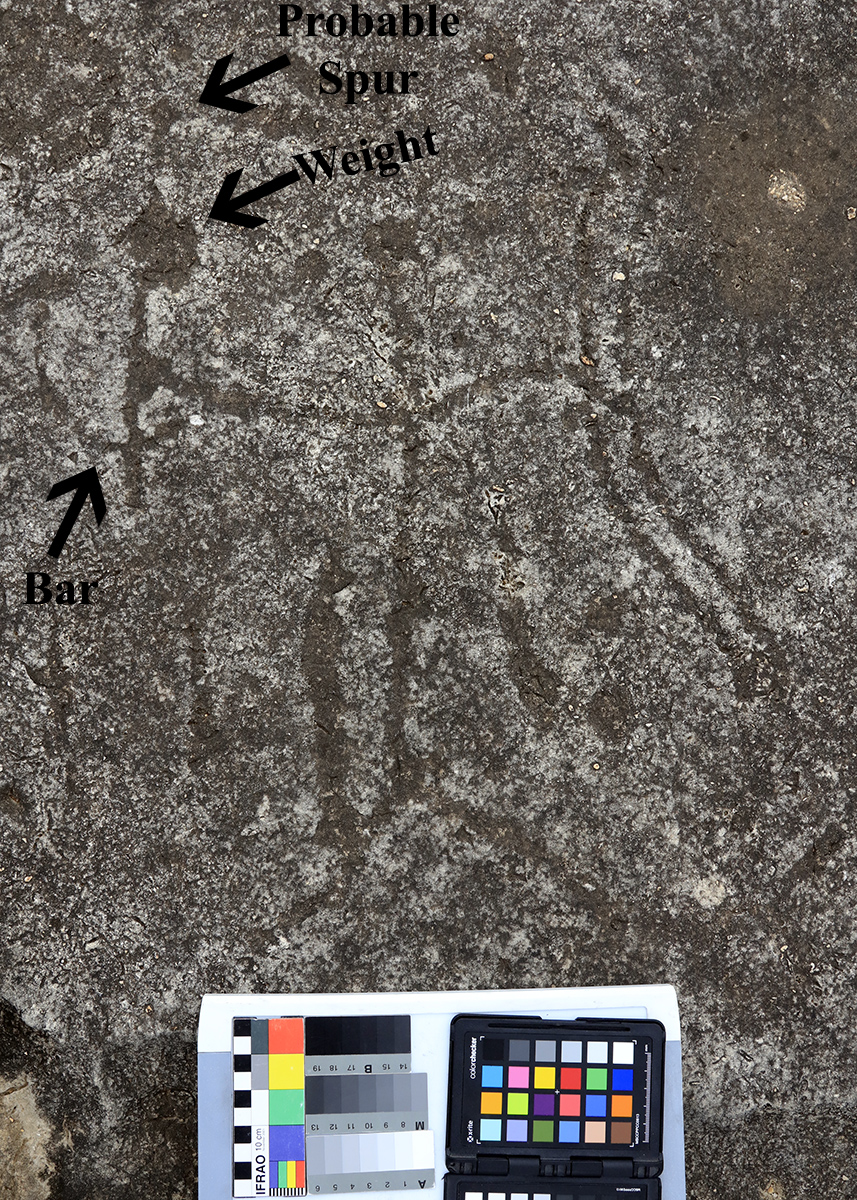
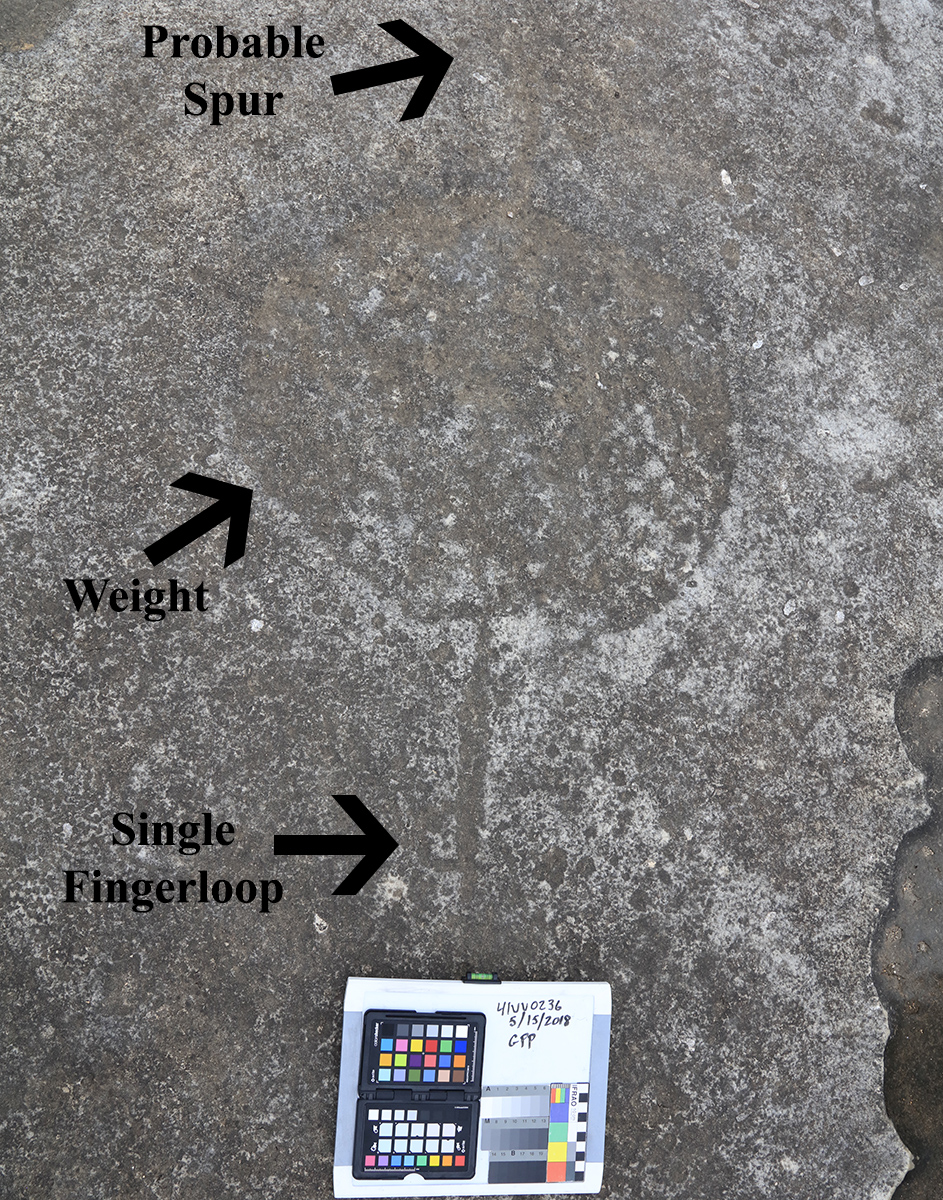

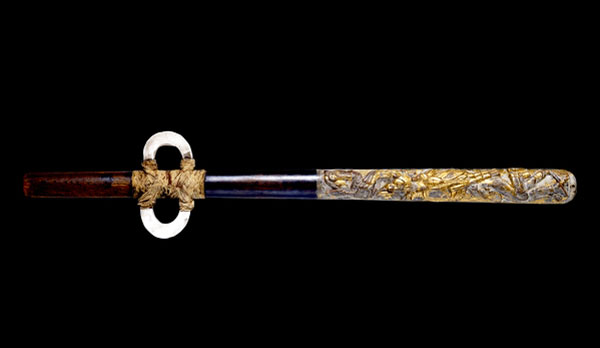
0 Comments